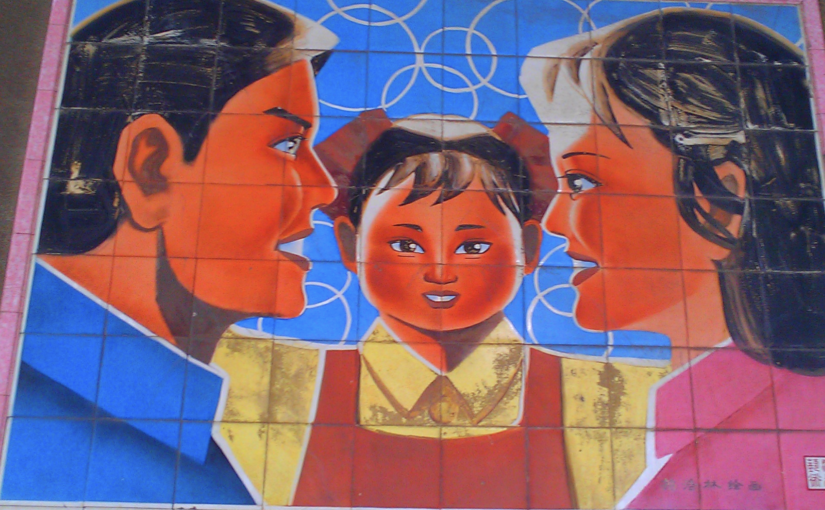This insightful blog post by Chinese Marxist Leo He Zhao addresses the assorted claims that China is facing a “demographic crisis” as a result of the One Child Policy that was in force from 1980 until 2015.
He Zhao starts by explaining the rationale for the One Child Policy. Generally portrayed in the West as being uniquely authoritarian and inhumane, the policy addressed a very specific and real problem. Largely as a result of economic distortions in the countryside created by the semi-feudal administration (in particular the production of cash crops rather than subsistence agriculture), and with a huge population and relatively little arable land, China was struggling to feed its population. Furthermore, the population was growing extremely fast, thanks to the innovations of the socialist revolution: ending feudalism, giving land to the farmers, and extending basic healthcare and social welfare throughout the country. People were living much longer, and the infant mortality rate dropped massively. “Overpopulation on planetary scale is a myth, but a very real and serious problem within an extremely poor and underdeveloped country. There was simply not enough food to feed 1 billion mouths.” Thus the One Child Policy was introduced to “reduce the previous unsustainable pace of population growth to manageable levels.”
The One Child Policy was ended in 2015, as population levels are stable and China is in a much stronger position to feed its people. However, various Western analysts insist that China will soon find itself in a position where it doesn’t have enough workers and, as a result, its economy will stagnate. He Zhao points out that, increasingly, China’s economic progress is not based on an enormous labour force. “Today, agriculture in the PRC is increasingly high tech, with not only traditional machines doing most of the raking and harvesting, but increasing popularity of drones planting seeds and doing other tasks. Further, the Chinese economy is rapidly transitioning from low level manufacturing (the primary developmental method of any under developed economy) to a high technology service orientation, which also reduces the necessity of large population of workers in urban areas.” As such, it is unlikely that China’s path of socialist modernisation will suffer any major problems as a result of demographic changes.
One Child Policy
First, lets briefly make very clear the historical context and material reasons for the One Child Policy, which, without exception, is always missing from Western narratives.
In the 19th Century, colonial administration switched the focus of agricultural production from rice, vegetables, and other food crops to cash crops like tobacco for export and profit. England forced, at gun point, massive amounts of opium on the country, so that addiction rate was around 20% of adults during the first decades of the 20th Century. Amidst chaos, neglect, and devastation from numerous wars, much infrastructure such as roads and waterways for transport were destroyed. General poverty and extreme under development meant very few hospitals, a severe to total lack of health care and access to medicine.
All of this contributed to average life expectancy being 35 years in China until well after 1949 liberation, a statistic which mostly consisted of infant mortality.
Continue reading The One Child Policy and the Chinese “demographic crisis”
